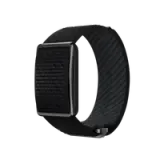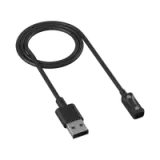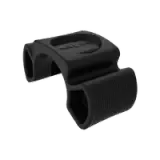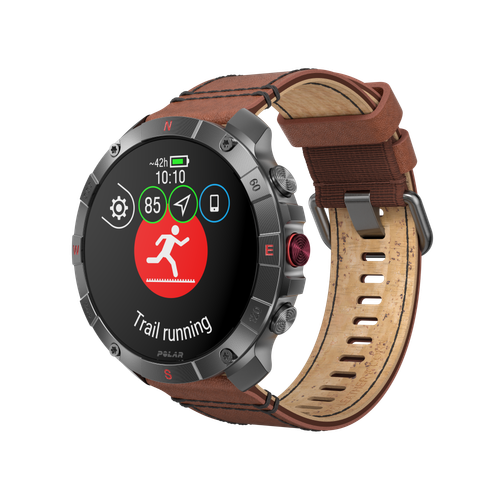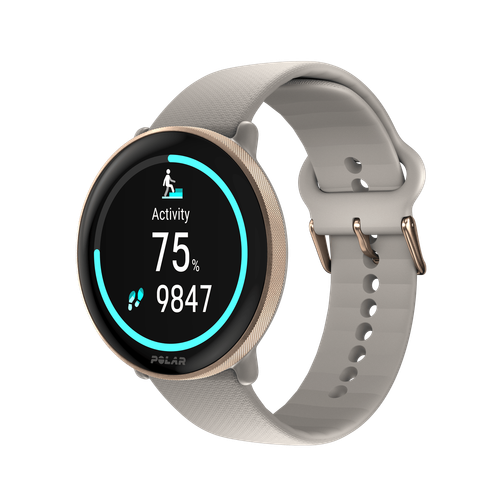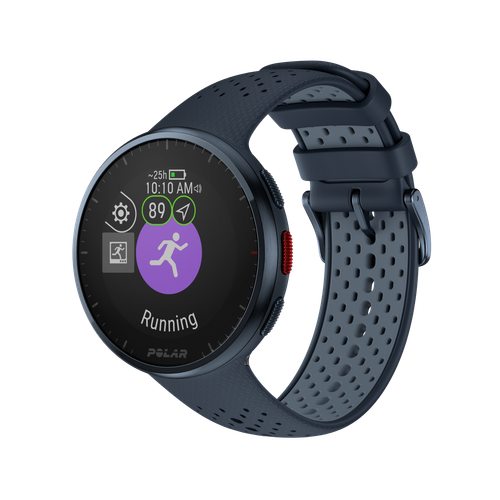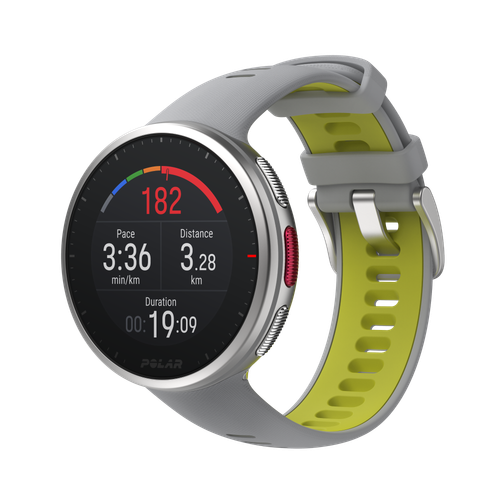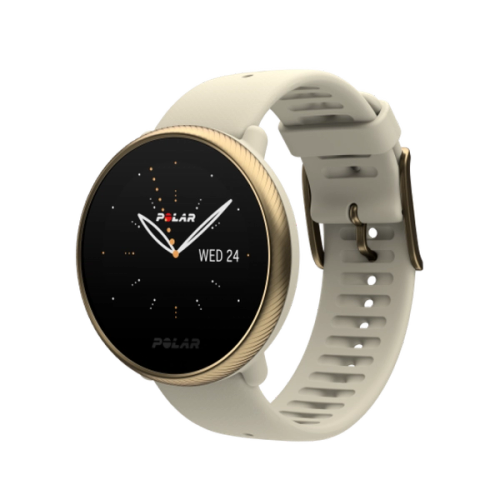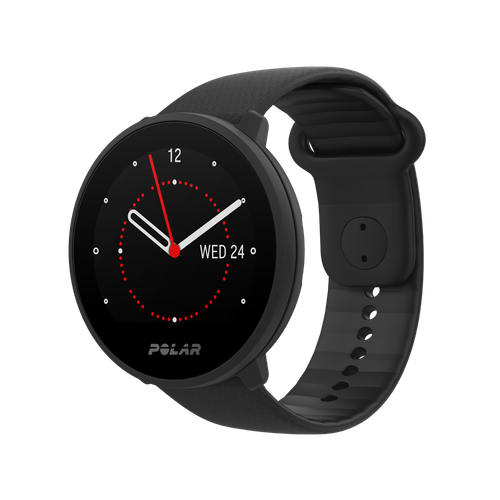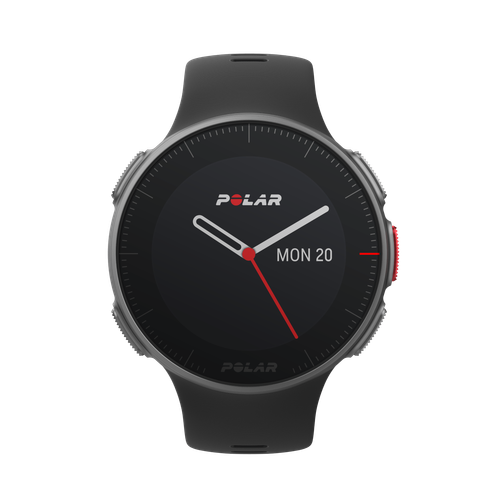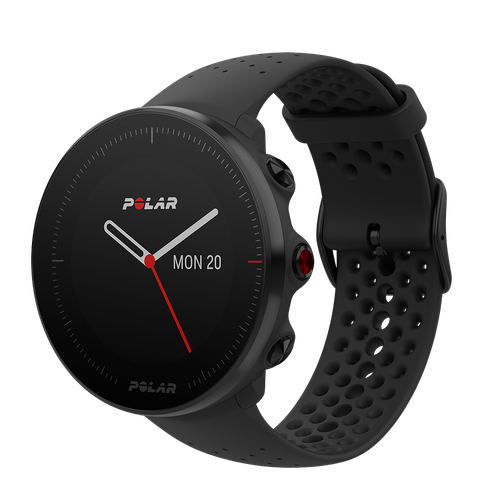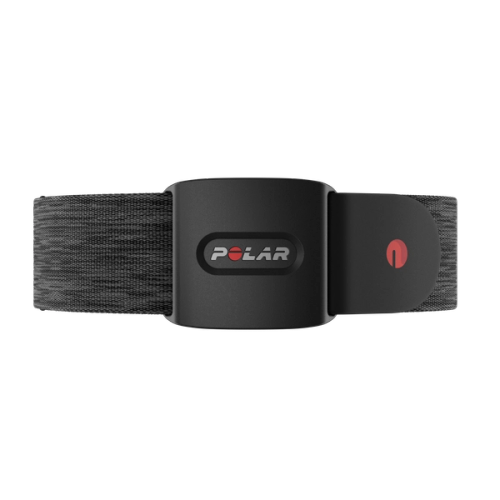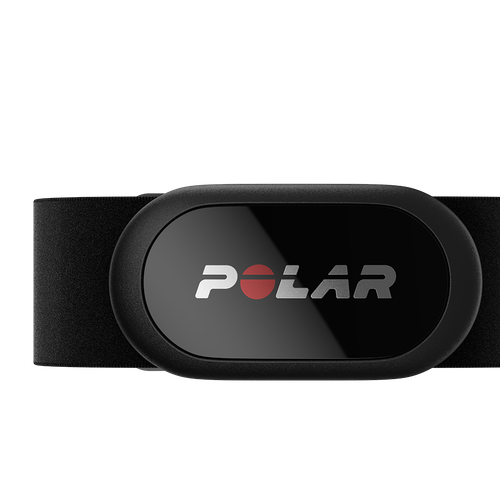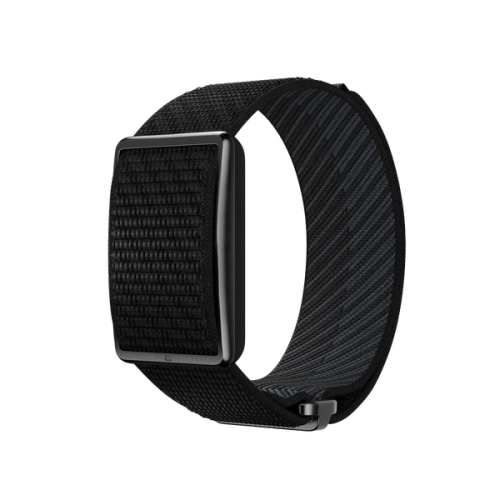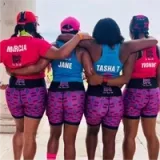On a Friday afternoon in the spring of 1954, track and field enthusiasts gathered on a crushed cinder track at Alexander Sports Ground in Birmingham, England. Among those attending this athletics event was Diane Leather, a 21-year-old analytical chemist who worked at the local university.
Dressed in all black, her running club colors, Leather already had quite a successful afternoon. After lunching on kippers (a quintessentially British dish), she sped through the 800m race. Next up was the one-mile competition, the focus of her day.
As the starting gun sounded, Leather lept into action, leading the race from start to finish and finding a notable surge in the last 100m. As she broke through the tape in the first place, she was told her time was 4:59.6. “Oh, good,” she apparently noted matter-of-factly. “At last.” The date was May 29th, and Diane Leather had just become the first woman to run a mile in under five minutes.
Earlier that month, a 25-year-old medical student named Roger Bannister had made worldwide headlines by being the first person to run a sub-four-minute mile. Bannister had reached “one of man’s hitherto unattainable goals,” The New York Times declared in 1954.
Yet, for Leather, her achievement passed with little in the way of press fanfare. A moment rarely noted in athletics history. More importantly, one that didn’t even make it into the record books.
Olympic smear campaign
The race for a woman to break the five-minute mile was more hotly contested than Leather’s reaction might suggest. In late 1953, fellow Brit Anne Oliver completed a race in 5:08.0, setting a new record. Romania’s Edith Treybal followed this with 5:00.3 only two months later.
Then, three days before completing her history-making run, Leather ran a mile in 5:00.2 on May 26th, 1954. It inspired her to push herself harder at the next race in Birmingham.
However, despite the quick succession of broken records, all of these achievements took place when women’s running was largely ignored. For the most part, governing bodies regarded their athletic achievements as unnatural or even unhealthy.
However, despite the quick succession of broken records, all of these achievements took place when women’s running was largely ignored. For the most part, governing bodies regarded their athletic achievements as unnatural or even unhealthy.
Much of this came down to events that occurred nearly 25 years prior. In the 1920s, the International Women’s Sports Federation lobbied hard for more inclusivity in athletics. Their push resulted in an experiment at the 1928 Games in Amsterdam, where the International Amateur Athletics Federation (now World Athletics) added five female track and field events.
Women were allowed to run an 800m race for the first time in Olympic history. However, officials and the press took issue, using reports of the athletes looking understandably breathless at the end of the event as evidence that such athletic feats were dangerous to the female form. Despite any medical evidence, this smear campaign was so convincing that it took until the 1960 games in Rome for the 800m event to become a permanent fixture at the Olympics.
Before you Google it, a mile is just shy of 1610m – more than double the length of this contentious race. That’s why it took until 1967 for the IAAF to begin recognizing any world records set by women running a mile.
All of this was thirteen years too late for Leather, who was denied her official place in the history books at the time. “It was a sad thing that the mile wasn’t ratified as a world record, and there wasn’t any event longer than 200m at the Olympics back then,” Leather commented to the Guardian in 2014, on the 60th anniversary of her achievement. “But I will always have the two 800m silver medals I won in the European Championships in 1954 and 1958.”

Something of a holy grail
Diane Susan Leather was born at the start of January 1933 in Streetly, a semi-rural part of the English countryside near Birmingham. With five brothers, she was the only daughter of a surgeon and grew up with an enthusiasm for sports. She played netball and lacrosse at boarding school and reportedly only took up running to get fit for her hockey games.
The inspiration for this workout style came after hearing a radio broadcast of the 1952 Olympics in Helsinki. The women’s 100 and 200-meter races caught Leather’s attention, prompting her to join the local running club, the Birchfield Harriers. She began training with Dorothy Nelson, a renowned athletics coach, who quickly spotted Leather’s propensity for speed and encouraged her to try longer distances.
Around this time, Leather met her future husband, an engineer named Peter Charles. He later recalled how the goal of breaking the five-minute mile became “something of a holy grail” for Leather as she saw her times creep even closer to breaking the record. Even so, she was still very much an amateur athlete. “We used to see [running] as something we did in our spare time, after a day at work,” Leather told the Birmingham Post & Mail in 2004. “Now it is so professional and intensely competitive.”
Not that she feared competition – even though the only real challenger often was herself. The following May 1955, Leather beat her achievement by running a mile in 4:50.8. In September of that same year, she bested herself again by finishing a mile in 4:45.0. Despite the lack of official records, no woman would run a mile faster for another seven years.
undefined

Polar Vantage M3
Smart multisportklocka
Polar Vantage M3 är en smart multisportklocka för multisportidrottare. Den är kompakt men kraftfull, snygg men stark, och designad för att ge dig fantastiska verktyg för träning, sömn och återhämtning i vardagen.
Who will break the 4-minute mile?
There must be something about middle-distance runners born in early January. Faith Kipyegon arrived in the world three days (and 61 years) after Leather in 1994, in the regional town of Bomet, Kenya. She began her athletics career at 16, running barefoot because it made her most comfortable. The following year, Kipyegon won her first individual global title running sans shoes at the World Junior Cross Country Championships in Punta Umbria, Spain.
Long jump forward 13 years, and Kipyegon could be the runner to break the four-minute mile. “I wrote in my diary that 2023 will be a special year, and it came true,” she told BBC Sport Africa last year. The then 29-year-old smashed the women’s mile world record by almost five seconds by completing the race in 4:07:64. The previous record-holder, Dutchwoman Sifan Hassan, had held the title since 2019 with a time of 4:12.33.
So, how close are we to seeing a woman run a mile in under four minutes? Is it possible that someone will shave 7:65 seconds off Kipyegon’s record any time soon? According to coach and former athlete Sonia O’Sullivan, it is best not to hold your breath. “In a loosely mathematical equation,” she told The Irish Times in 2020, “by 2046, it’s possible that a woman could break four minutes for a mile.” That would make it nearly a century after Leather’s achievement.
The next generation
Leather passed away from a stroke in 2018. Yet, in the months before her death, she did have the chance to celebrate another important sub-five-minute mile – although this wasn’t exactly one for the record books. Her great-niece Ellie Leather, also a middle-distance runner, broke this personal time barrier while competing at California’s highest level of intercollegiate athletics.
The two shared a close relationship, with Ellie drawing inspiration from her then 85-year-old great-aunt. You can also imagine how proud Diane would have felt earlier this year when the younger Leather placed fourth in the 1500m short track at the UK Indoor Championships.
However, not everyone in the family was always aware of their record-breaking relative. After retiring from competitive running following the 1960 Olympics in Rome, Leather started a family and retrained as a social worker, saying nothing about her former life. Only when her daughter Lyndsey happened upon a scrapbook with a small collection of newspaper clippings did Leather’s four children learn about their mother’s athletic achievement.
Similarly, it has taken a long time for Leather to become recognized publicly. In 2008, Athletics Weekly ranked Leather as no. 2 behind the double Olympic champion Kelly Holmes in their list of all-time great 1500m runners. And it took until 2013 for the England Athletics Hall of Fame to induct Leather as one of their honorees. As we reach the 70th anniversary of the five-minute mile this week, perhaps Diane Leather is a name that will finally be finding its place in sporting history.
Enjoying this article? Subscribe to Polar Journal and get notified when a new Polar Journal issue is out.
Subscribe
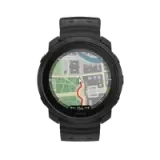 Polar Vantage M3
Polar Vantage M3
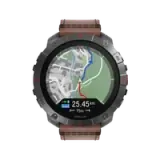 Polar Grit X2 Pro Titan
Polar Grit X2 Pro Titan
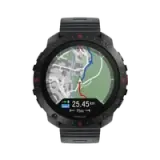 Polar Grit X2 Pro
Polar Grit X2 Pro
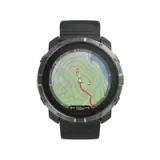 Polar Grit X2
Nyhet
Polar Grit X2
Nyhet
 Polar Vantage V3
Polar Vantage V3
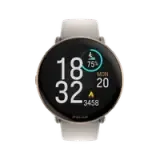 Polar Ignite 3
Polar Ignite 3
 Polar Ignite 3 Braided Yarn
Polar Ignite 3 Braided Yarn
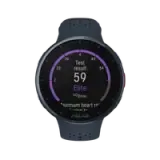 Polar Pacer Pro
Polar Pacer Pro
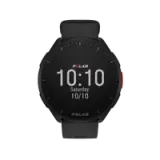 Polar Pacer
Polar Pacer
 Polar Unite
Grit X-serien
Vantage-serien
Pacer-serien
Ignite-serien
Polar Unite
Grit X-serien
Vantage-serien
Pacer-serien
Ignite-serien
